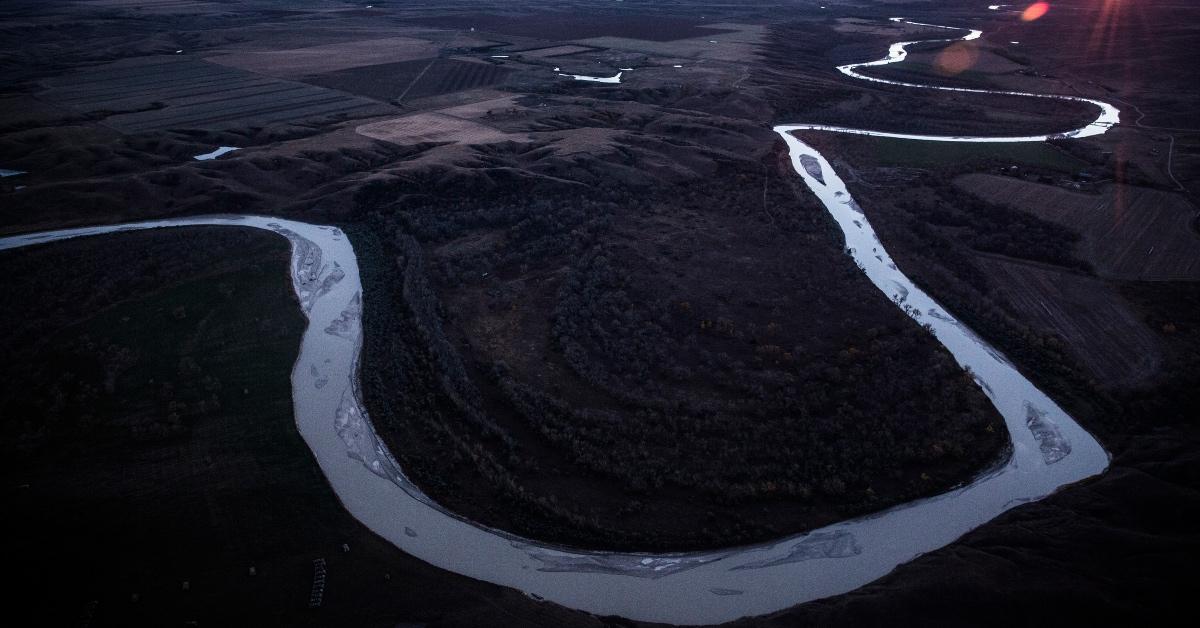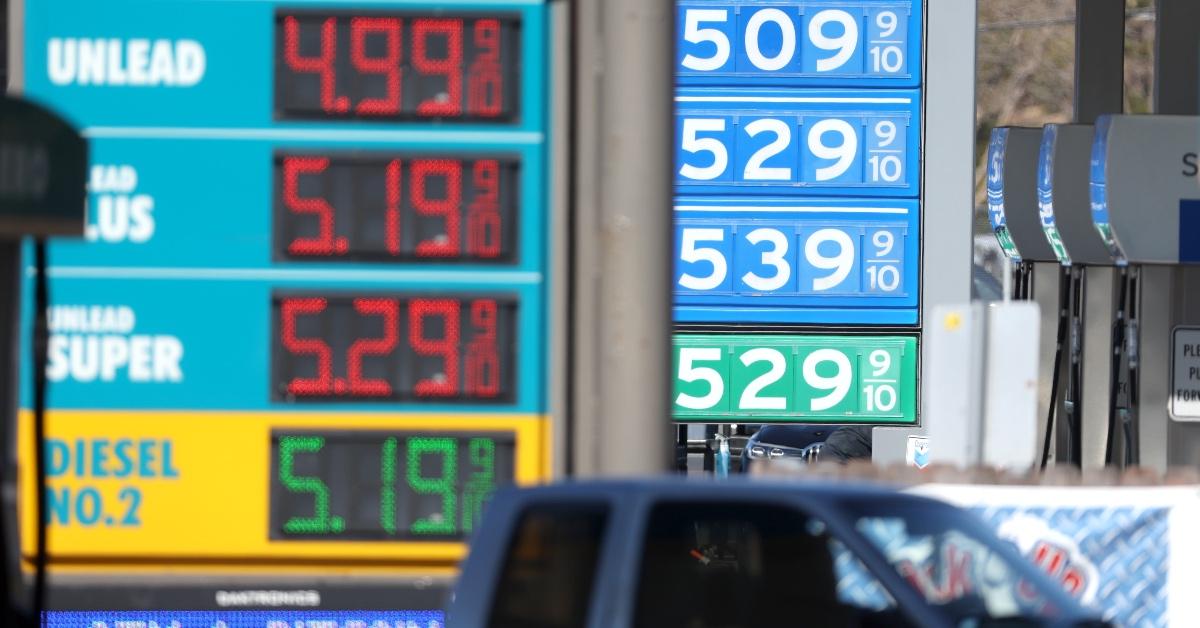The Keystone XL Pipeline Was Never Operational — Now the U.S. Might Need It
When Biden assumed his role as President of the United States, he scrapped the Keystone XL pipeline project, essentially putting it to bed.
March 2 2022, Published 12:19 p.m. ET

The Keystone XL pipeline project began some 12 years ago and has yet to reach the final stages of construction. The pipeline was expected to stretch from Alberta to Nebraska, allowing 830,000 barrels of oil sands crude to be carried into the U.S. a day, reports Reuters.
When Biden became President of the United States, he scrapped the project and essentially put it to bed. Although it has been months since Biden revoked the permit needed to finish the Keystone XL pipeline, the war between Ukraine and Russia has lawmakers suggesting that the project be resurrected. Was any part of the Keystone XL pipeline functional?
The Keystone XL pipeline would have extended the Keystone Pipeline System, which already serves as a functional oil pipeline.

The Keystone XL pipeline, which is owned by TC Energy Corp (NYSE: TRP), was reportedly less than 10 percent built when Biden pulled the plug on the project. The project received significant backlash from “environmental activists and indigenous communities,” and was viewed as a hindrance to the U.S. transitioning from using fossil fuels to clean energy.
While many were under the impression that the Keystone XL pipeline was nearly built and ready to operate, it would have served as the fourth phase of the entire Keystone Pipeline System. The Keystone XL pipeline was expected to act as an “extension to this larger system that would run 1,210 miles from Hardisty, Alberta to Nebraska.”
Although the project was stopped before it could even reach a quarter of completion, the Keystone Pipeline System is fully functional today. The portion of the Keystone Pipeline System that's already built runs “from the North Dakota border south through South Dakota to Steele City, Nebraska, where it splits.” Part of the pipeline runs east through Missouri while the other part runs through Oklahoma and into Texas. The entire system without the XL extension stretches about 2,687 miles in total length.
TC Energy secured roughly $1.1 billion in funding before the project was shelved.
According to TC Energy, the entire Keystone XL pipeline project would have cost around $8 billion to complete. The company reportedly secured $1.1 billion, enough to cover construction through 2020, and expected to receive $4.2 billion in 2021 and 2022. TC Energy planned to invest the remaining $2.7 billion to fund the project. Unfortunately, Biden’s initiative to cancel the project left many angered and without jobs.
Not only did the revocation of the Keystone XL pipeline project permit reportedly hurt “the Canadian and Alberta economies,” but it cut thousands of jobs for Canadians and Americans.

With gas prices skyrocketing, lawmakers are pushing for Biden to allow Keystone XL pipeline construction to resume.
As the war between Ukraine and Russia continues to unfold, lawmakers in various states think Biden must take action now so that the U.S. doesn't rely on foreign oil.
Senator Joe Pittman said the U.S. imports around 800,000 barrels of oil per day from Russia, reports CBS Pittsburgh News. Given that the U.S. is siding with Ukraine, this could put a damper on the country’s ability to continue its dealings with Russia.
Three lawmakers from Pennsylvania, including Pittman, are hoping Biden will allow TC Energy to continue with Keystone XL pipeline construction so that the U.S. can soon become “energy independent.”
According to Pittman, “The Keystone pipeline is critical to our national energy infrastructure, but it’s also very symbolic. It’s symbolic of whether or not we’re willing to embrace the natural resources that we have in our country. To secure our energy independence for not only economic interests, but national security interests.”
